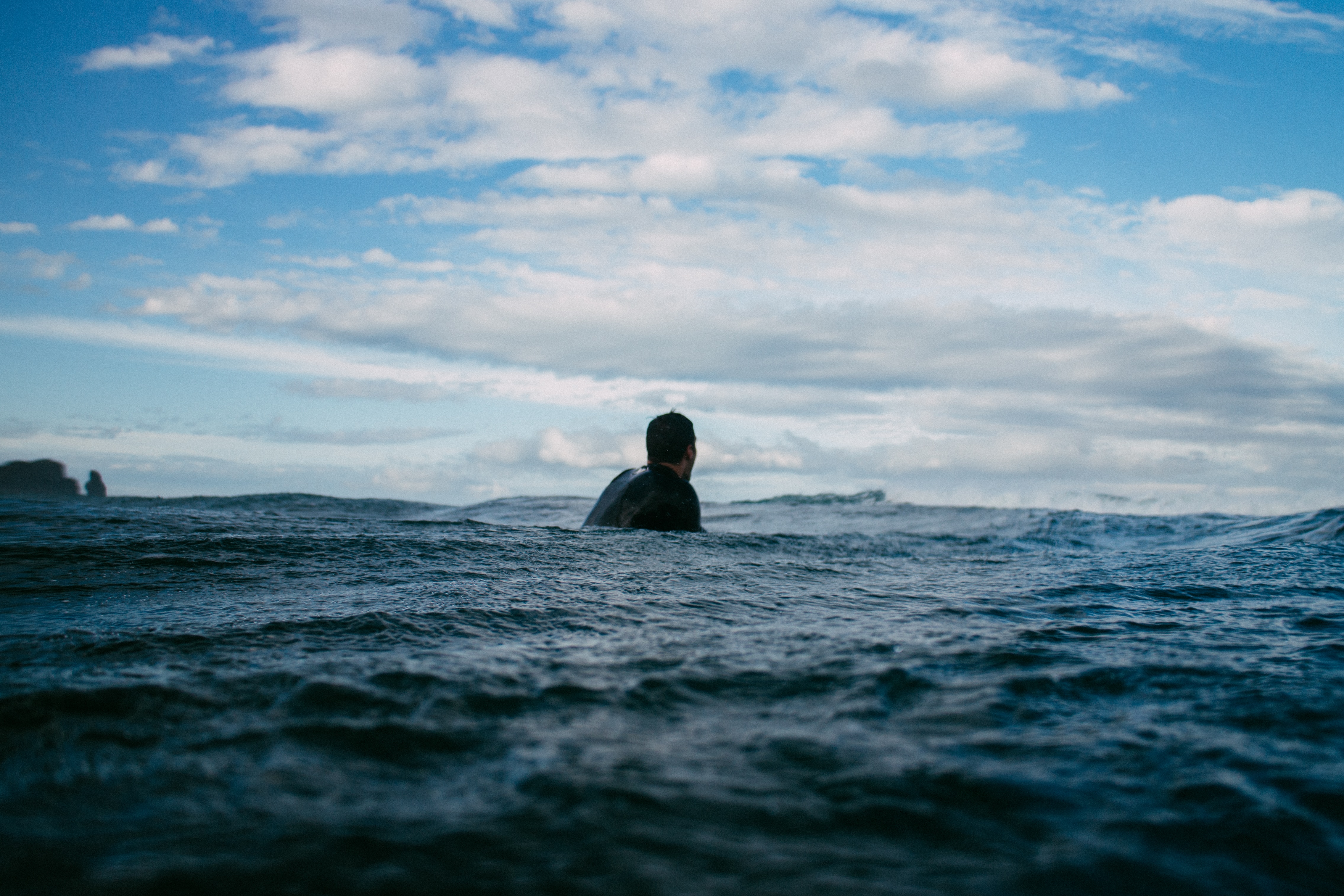How does a wetsuit work? How does a wetsuit keep you warm?
Water cools the body faster than air. This can be seen from the fact that a person can die of hypothermia (low temperature) in warm water on a warm day. This would not happen in the air.
As soon as you are in the water, it makes its way into the space between neoprene and skin through the “open” parts of your wetsuit. Depending on your wetsuit most water usually enters in the area of your neck.
A wetsuit contains bubbles of nitrogen gas. In contrast to water, nitrogen has only a very limited thermal conductivity. These bubbles in the neoprene thus act as a kind of protective shield and prevent too much heat from being emitted to the outside. The heat is stored basically. Due to this thermal insulation we cool down more slowly. Wetsuits just work properly if you have the right size and thickness. Check out our Wetsuit Size Finder for that!
However, there are also drysuits where no water can get in at all. These are useful for very cold or contaminated waters.
Most wetsuits are dark and can therefore absorb the sun’s rays. Thus neoprene additionally functions as a perfect sun protection. This also creates an additional heating effect.
It also protects you from unwanted marine life such as jellyfish or reef and rock formations under water.
Wetsuit material
Chloroprene rubber is the material known as neoprene. It is a synthetic rubber and at the same time the thickest layer of the multi-layer wetsuit. The fabric is very impermeable to water and thermally insulating. It is foamed as explained above. This causes the heat to be stored and a buoyancy effect to occur in the water.
The wetsuit can be laminated with nylon or lycra on the outside and/or inside. This seals the surfaces and provides better protection against environmental influences. The lamination, however, ensures somewhat less flexibility.
Types of wetsuits
There are different types of wetsuits, depending on water temperature and weather conditions:
Cold water:
Fullsuit/Steamer: legs, sleeves long
Hooded fullsuit: legs, sleeves long + integrated hood
Moderate to warm water:
Shorty Sleeve: legs short, sleeves long
Shorty: legs, sleeves short
Warm water:
Springsuit: legs short, sleeves long
Lycra/Rashguards/Surf Tees: Tops, partly made of neoprene





